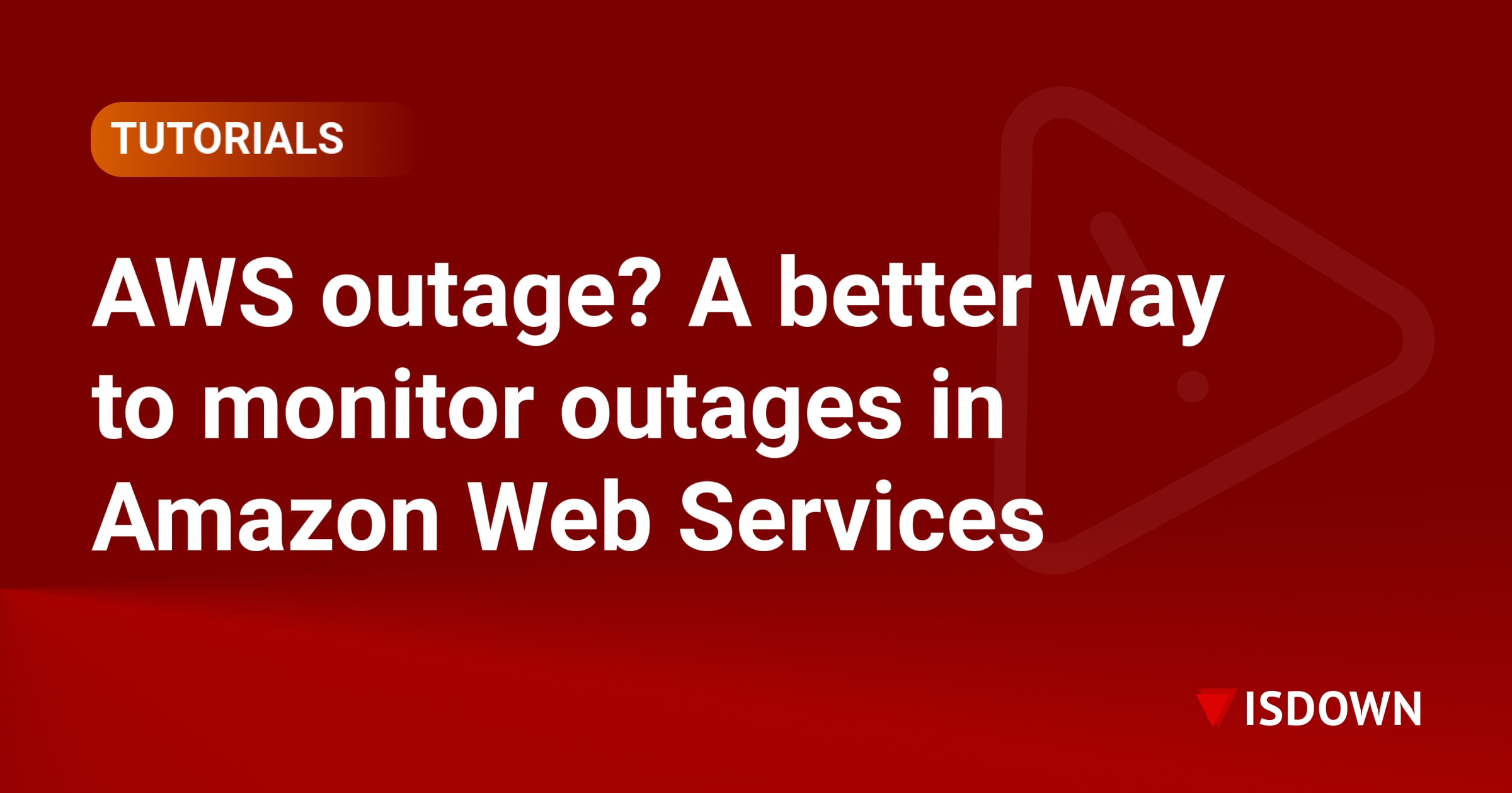Real-Time Status Monitoring for 50+ EdTech Tools K12 IT Teams Actually Use
K12 IT departments face a unique challenge: keeping dozens of educational technology platforms running smoothly while teachers conduct lessons and students complete assignments. A single service outage can disrupt hundreds of classrooms simultaneously. That's why implementing a k12 service status dashboard has become essential for school technology teams managing complex digital learning environments.
Schools today rely on an average of 50-70 different EdTech tools, from learning management systems like Canvas and Schoology to assessment platforms like i-Ready and communication tools like ClassDojo. When any of these services experience downtime, IT teams need immediate visibility to respond effectively and communicate with stakeholders.
The EdTech Monitoring Challenge for K12 Schools
School IT departments operate differently from corporate environments. They support diverse user groups – students, teachers, administrators, and parents – each with varying technical skills and urgent needs. When Clever goes down during morning login or Google Classroom becomes unavailable during testing, the impact ripples through entire districts.
Traditional monitoring approaches fall short because:
- EdTech vendors have different status page formats and update frequencies
- IT staff can't manually check 50+ vendor status pages throughout the day
- Teachers discover outages before IT teams, creating reactive firefighting situations
- Parents flood help desks with questions when students can't access homework platforms
Essential EdTech Tools That Need Monitoring
Building an effective educational service monitoring strategy starts with identifying critical platforms. Here are the categories K12 IT teams typically monitor:
Learning Management Systems
- Canvas
- Schoology
- Google Classroom
- Microsoft Teams for Education
- Moodle
Student Information Systems
- PowerSchool
- Infinite Campus
- Skyward
- Clever
- ClassLink
Assessment and Testing Platforms
- i-Ready
- IXL Learning
- Khan Academy
- Renaissance (Star Assessments)
- NWEA MAP Growth
Communication Tools
- ClassDojo
- Remind
- Seesaw
- ParentSquare
- SchoolMessenger
Productivity and Collaboration
- Google Workspace for Education
- Microsoft 365 Education
- Zoom for Education
- Padlet
- Flipgrid
Digital Content Platforms
- Epic! Books
- Newsela
- BrainPOP
- Discovery Education
- Prodigy Math
Building Your K12 Service Status Dashboard
Creating a centralized dashboard for school technology monitoring requires strategic planning. Here's how successful K12 IT teams approach implementation:
1. Prioritize Services by Impact
Not all outages are equal. Categorize your EdTech tools based on:
- Number of daily active users
- Critical timing (testing periods, assignment deadlines)
- Grade levels affected
- Alternative solutions available
2. Establish Monitoring Workflows
Develop clear procedures for different outage scenarios:
- Who gets notified first (IT team, building principals, teachers)
- Communication templates for different stakeholder groups
- Escalation paths for extended outages
- Documentation requirements for post-incident reviews
3. Automate Status Collection
Manual monitoring isn't sustainable with dozens of services. Modern edtech status page solutions aggregate vendor status updates automatically, providing:
- Real-time alerts when services report issues
- Historical uptime data for vendor management
- Consolidated view across all educational platforms
- Integration with existing IT service management tools
4. Create Stakeholder-Specific Views
Different groups need different information:
- IT Staff: Technical details, affected components, vendor communication
- Teachers: Simple up/down status, estimated resolution times, workarounds
- Administrators: Service availability trends, impact on instruction time
- Parents: Basic status updates for homework and communication platforms
Best Practices for K12 Service Monitoring
Proactive Communication
Don't wait for help desk tickets. When your monitoring detects an issue:
- Send immediate alerts to affected schools
- Post updates on district communication channels
- Provide regular status updates until resolution
- Share post-incident summaries with leadership
Vendor Relationship Management
Use monitoring data to improve vendor accountability:
- Track SLA compliance across EdTech providers
- Document patterns of repeated issues
- Negotiate service credits for excessive downtime
- Make data-driven decisions during renewal discussions
Integration with Existing Systems
Your k12 service status dashboard should connect with:
- Help desk ticketing systems to auto-create incidents
- Communication platforms for automated notifications
- IT asset management for dependency mapping
- Learning analytics platforms for impact assessment
Measuring Success
Track these metrics to demonstrate the value of centralized monitoring:
- Mean Time to Detection (MTTD): How quickly you identify EdTech outages
- Stakeholder Notification Time: Speed of communication to affected users
- Help Desk Ticket Reduction: Decrease in outage-related support requests
- Instructional Time Saved: Minutes of classroom disruption prevented
Getting Started
Implementing comprehensive educational service monitoring doesn't require a massive budget or technical overhaul. Start with:
- Inventory your current EdTech stack
- Identify top 10-15 critical services
- Set up basic monitoring for these priority platforms
- Gradually expand coverage as you refine processes
- Gather feedback from teachers and adjust accordingly
For K12 IT teams looking to streamline this process, status page aggregators like IsDown can automatically monitor hundreds of educational services from a single dashboard, eliminating the need to check individual vendor pages manually.
Preparing for the Future
As schools continue adopting new educational technologies, the complexity of school technology monitoring will only increase. Building robust monitoring capabilities now prepares your district for:
- Hybrid learning scenarios requiring reliable remote access
- Increased reliance on cloud-based educational platforms
- Growing expectations for 24/7 service availability
- Data-driven decision making in EdTech procurement
By implementing a comprehensive k12 service status dashboard, IT teams transform from reactive troubleshooters to proactive technology enablers, ensuring that technical issues never stand between students and their education.
Frequently Asked Questions
What is a k12 service status dashboard?
A k12 service status dashboard is a centralized monitoring system that tracks the real-time availability and performance of educational technology platforms used in schools. It aggregates status information from multiple EdTech vendors into a single view, allowing IT teams to quickly identify and respond to service disruptions that could impact teaching and learning.
How many EdTech tools does the average school district monitor?
Most K12 school districts use between 50-70 different EdTech platforms, though larger districts may monitor over 100 services. This includes learning management systems, assessment tools, communication platforms, digital content providers, and administrative systems that support daily educational operations.
Can teachers access the service status dashboard directly?
Yes, many schools provide teachers with simplified, read-only access to status dashboards showing only the services relevant to their classroom. This empowers teachers to check service availability before starting lessons and reduces help desk calls when known issues occur.
What's the ROI of implementing educational service monitoring?
Schools typically see ROI through reduced help desk tickets (30-40% decrease in outage-related calls), faster incident response times (cutting MTTD from hours to minutes), and preserved instructional time. One prevented district-wide outage during testing can justify the entire annual monitoring investment.
How do we prioritize which EdTech services to monitor first?
Start by monitoring services with the highest daily active users, those critical for state testing, and platforms used for essential functions like attendance or gradebooks. Survey teachers to identify tools they consider mission-critical, then expand monitoring coverage based on incident history and user feedback.
Should we build or buy a k12 service status dashboard solution?
Most K12 IT departments find that purchasing a purpose-built solution is more cost-effective than building custom monitoring. Commercial platforms offer pre-built integrations with popular EdTech services, automatic updates when vendors change their status pages, and ongoing support – capabilities that would be expensive to develop and maintain internally.
 Nuno Tomas
Founder of IsDown
Nuno Tomas
Founder of IsDown
The Status Page Aggregator with Early Outage Detection
Unified vendor dashboard
Early Outage Detection
Stop the Support Flood
Related articles
Never again lose time looking in the wrong place
14-day free trial · No credit card required · No code required




